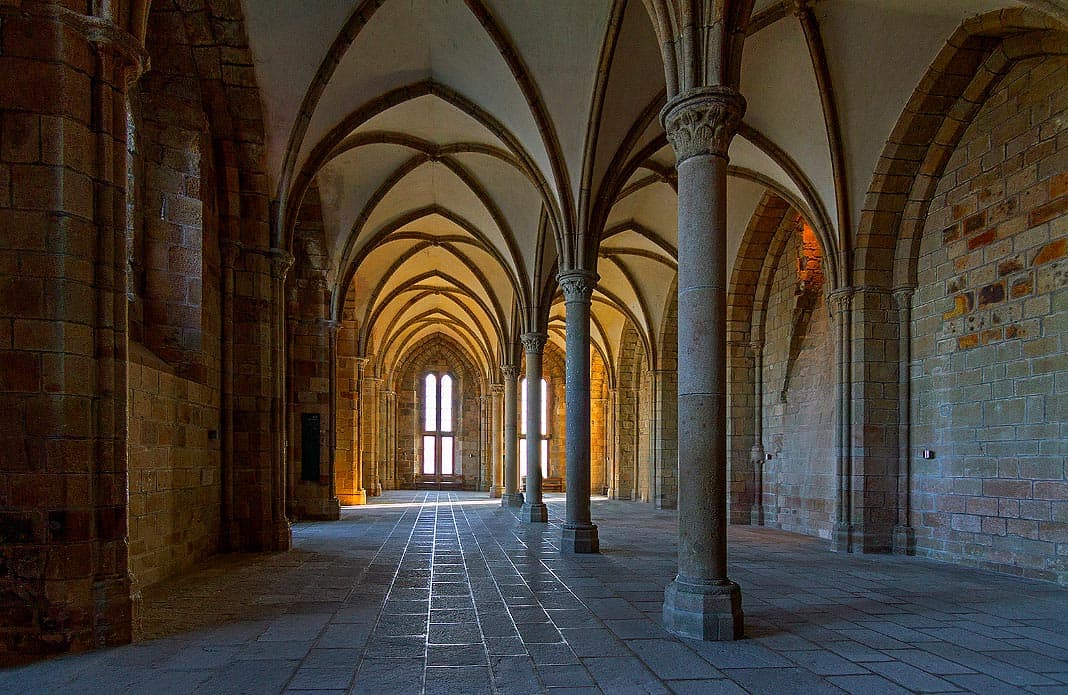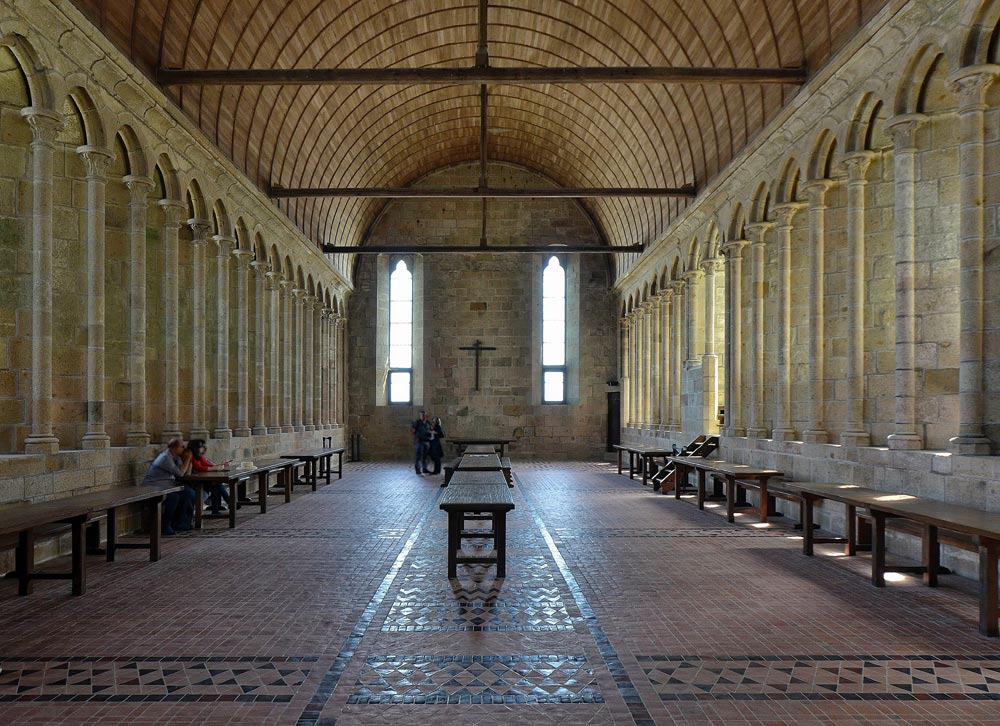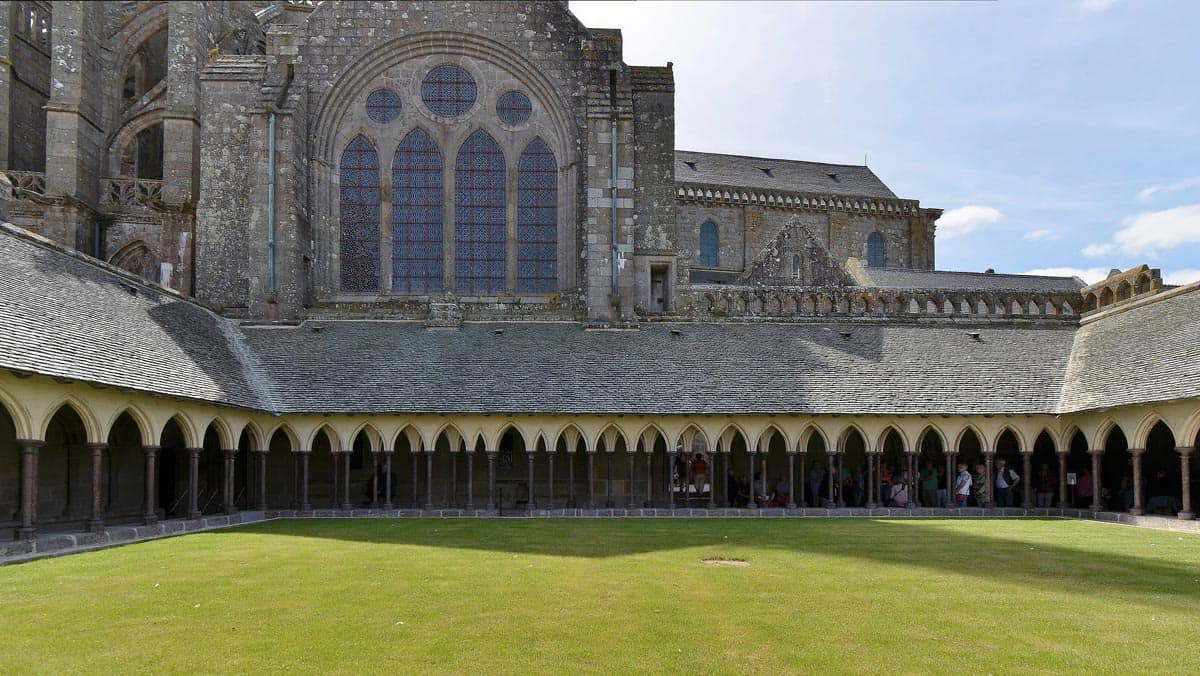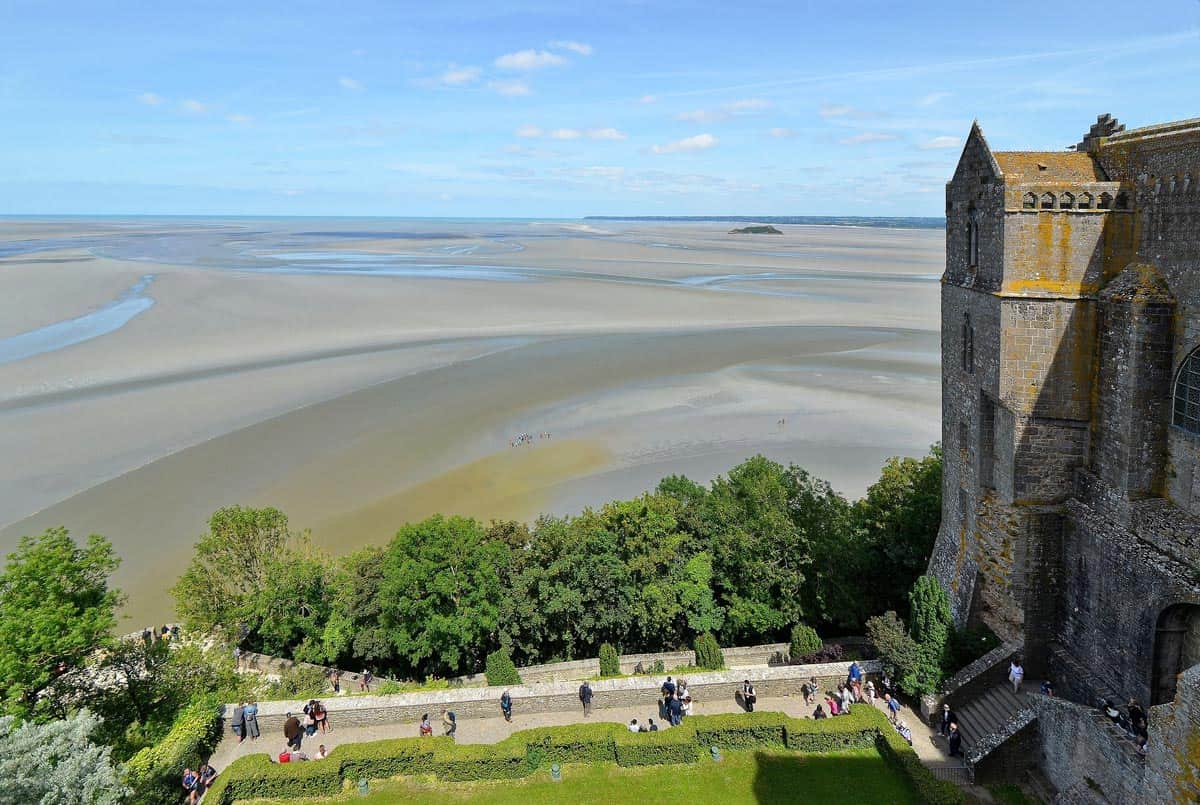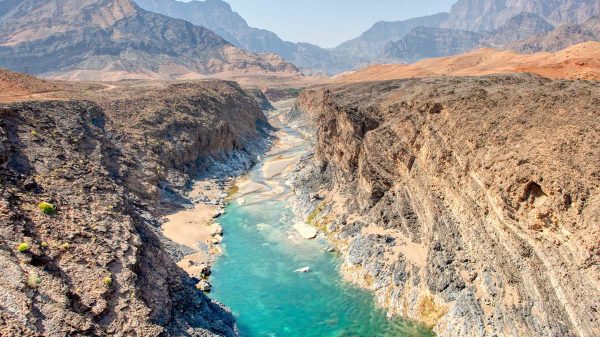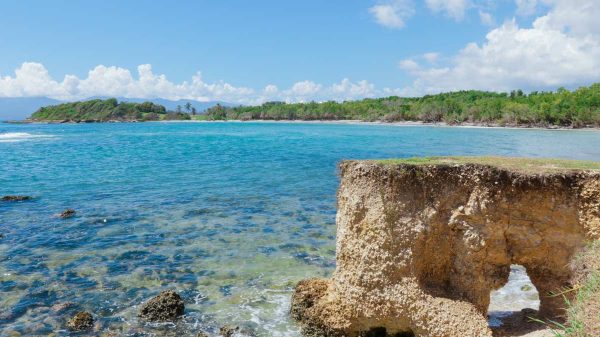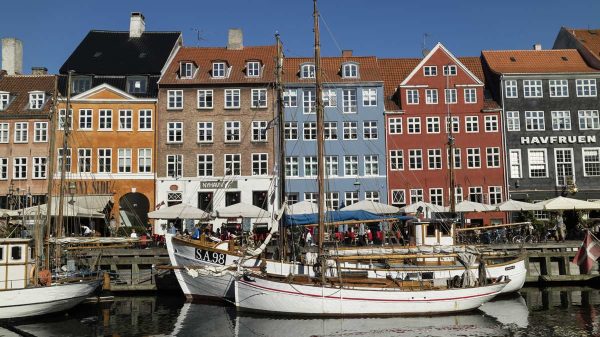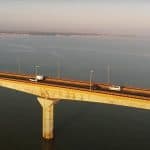Perched majestically on a rocky islet in the heart of Normandy Bay, Mont Saint-Michel embodies a captivating epic of history. A silent witness to over a millennium of events, this sacred edifice has been the site of pilgrimages, military sieges and spiritual contemplation. Its history, shaped by changing eras, blends the sacred with the profane, imposing architecture with the natural beauty of the bay. Let's discover together the fascinating story of Mont Saint-Michel, a medieval jewel that defies time.
History of Mont Saint Michel Abbey
According to legend, in the year 709, the Archangel Michael asked Bishop Aubert of Avranches three times to build a sanctuary on an islet known as "le mont Tombe". This islet lies south of the widest point of the Normandy coast, just before Brittany to the west. It is the base of the Bay of Mont Saint-Michel, which opens onto the English Channel. The islet has an altitude of almost 80 meters and a circumference of around 0.8 km. It is linked to the mainland by a dike-road.
Bishop Aubert therefore built an oratory on top of the rock. A monastery was begun in 1017, with stones towed in at low tide from Brittany. Blanche de Castille, regent of France, ordered the construction of the Gothic cloister in 1211. A town grew up around the base, as both the Abbey and the town were fortified. The Mont is half surrounded by water, except twice a day when it is besieged by the swiftly moving tides, leaving only access via the dike-road. Nearby is a small island, known as "l'île de Tombelaine", which was once used as a disciplinary prison.
In 966, Benedictine monks under Abbot Maynard replaced the former monks. They encouraged the cult of St. Michael. In the time of William the Conqueror, the abbey benefited from many noble patrons. Abbot Robert de Thorigny administered the abbey, which was at the height of its prosperity. The number of miracles performed at the sanctuary increased, and numerous legends developed.
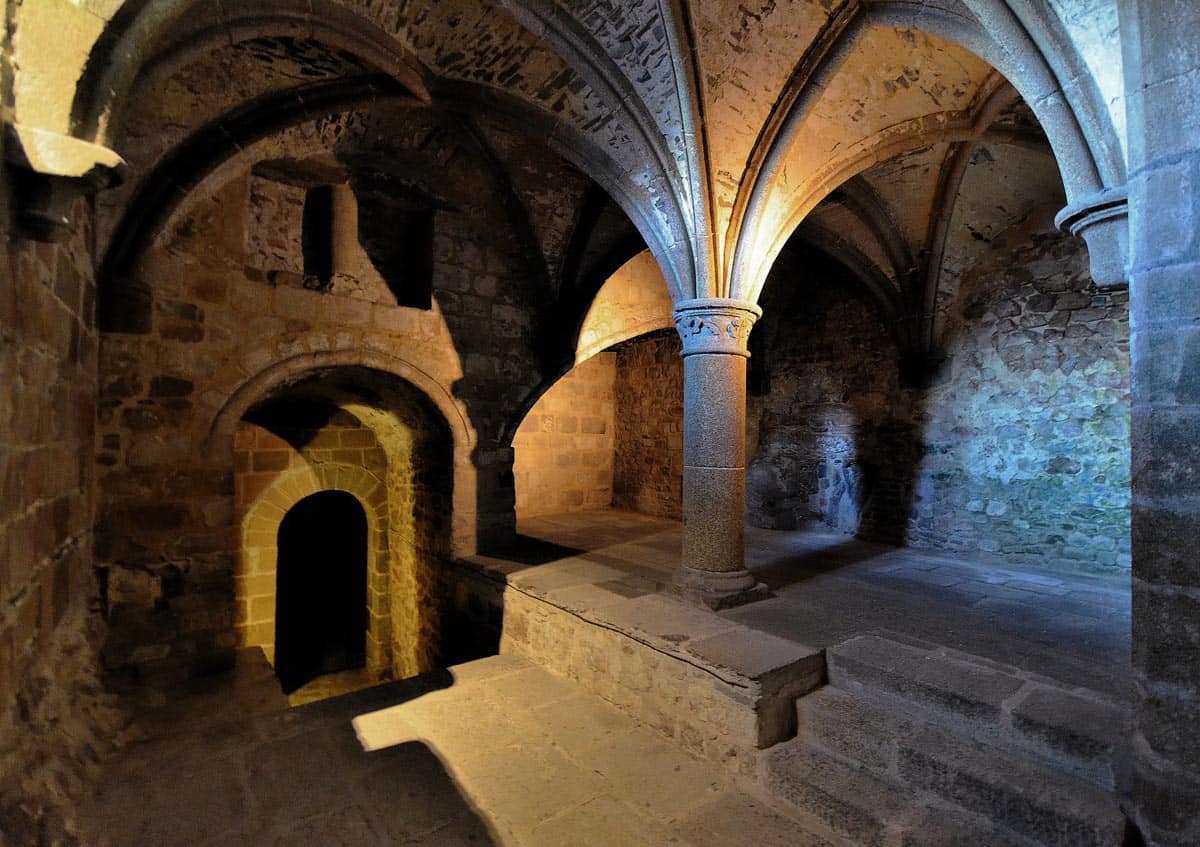
Mont Saint-Michel was besieged and taken in 1214 by Philippe-Auguste during the conquest of Normandy. The site continued to play an increasingly important role in medieval European pilgrimage. At times, it was the destination, and at others, it was merely a stopover for those traveling to sites further south. The lower class of pilgrims were confined to the town, but the nobles were received by the abbot of the great abbey.
History and mystery: The perched Abbey of Mont Saint-Michel
After defeats at Crécy and Poitiers, Charles V began a return to France with the help of Du Guesclin. The Breton knight was captain of Mont Saint-Michel when he left it for Spain. His wife, Tiphaine Ragenel, lived in a house built at the top of the town, and devoted herself to good works and astrology.
Charles VI visited the abbey and appointed Abbé Pierre King's Counselor. He immediately began fortifying the abbey. He defended the entrance by building towers, successive courtyards and ramparts, creating a veritable fortress with its "barbacanes".
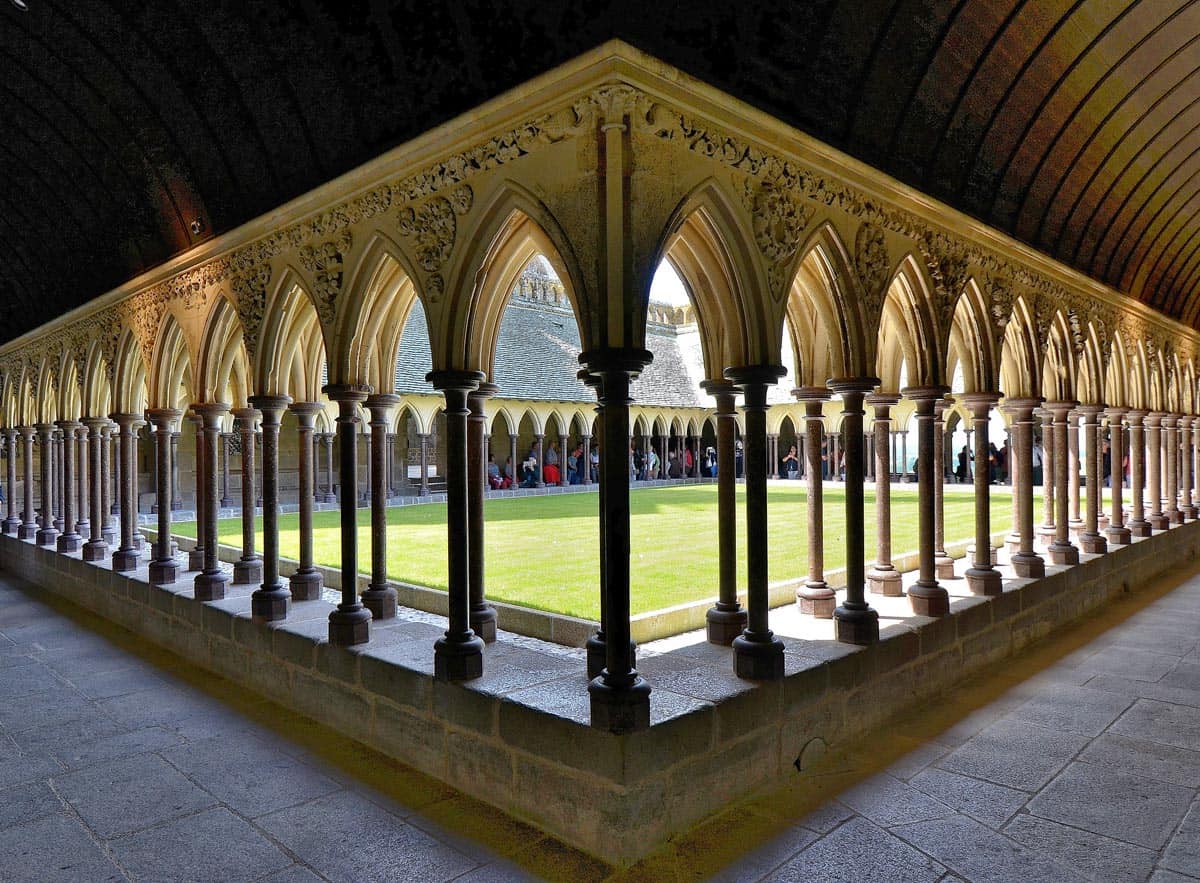
Normandy was in English hands in 1415-1417. The region was ruled by the Duke of Bedford, Henry V's brother. Bedfort succeeded in rallying a number of key figures in Normandy to his cause. One was the abbot of Mont Saint-Michel, Robert Jolivet, Pierre-le-Roi his successor. Jolivet became Bedford's advisor.
The monks refused to support the abbot and betrayed him. The Norman knights who had been dispossessed of their lands sought refuge at Mont Saint-Michel and remained loyal to the Valois cause.
The Mont's Romanesque choir collapses, and cannot be rebuilt because of the war. The small island of Tombelaine fell to the English. But Mont Saint-Michel defied the English.
No one was more influenced by history than the young girl from Lorraine, Joan of Arc. Most authors agree that Saint Michael played an important role in Joan of Arc's visions. It's worth noting that Joan of Arc began hearing voices in 1423, in 1425 they gave her precise instructions, and in 1428 she made her first attempt to meet the King.
The English took up positions around the bay. They built wooden forts called "Bastilles" [as at Orléans in 1428-29] at Ardevon, opposite the Mont. The aim was to respond to possible attacks and keep watch on the shore.
Finally, a flotilla arrived to complete the English blockade. However, some noble Bretons led the expedition to Saint-Malo (to the west), skilfully attacked the English ships, and dispersed the English fleet. This naval victory enabled Mont to make arrangements to trade by sea, and defeat the English siege.
Charles VII appointed Louis d'Estouteville to garrison Le Mont. These reforms enabled the citadel to withstand the last and most serious English attack in 1433. A fire broke out in the town, destroying wooden houses and the ramparts. The French tried to take advantage of this massive destruction with an attack. Their artillery succeeded in breaching the city walls. However, the English were forced to withdraw, leaving many dead and two cannons [small, wrought-iron 'bombardes'], known as Michelettes. These are on display at the entrance to the ramparts.
The Battle of Formigny (1450) destroyed the last stronghold of the English army in Normandy, and eventually led to the full reconquest of Normandy by Charles VII.
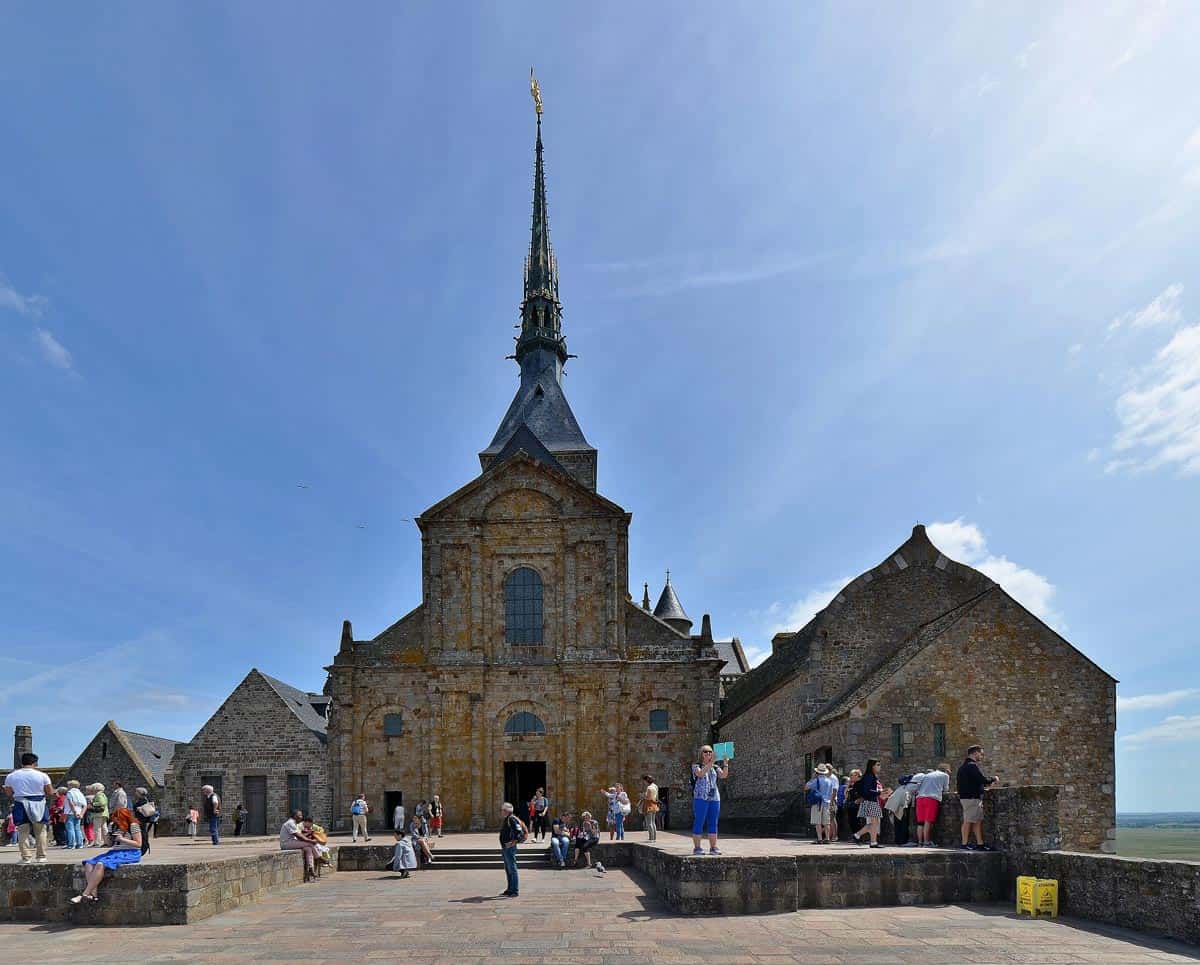
Major incidents and disasters at Mont Saint Michel
- 1103: The north wall collapses.
- 1112: Abbey burns down.
- 1138: Abbey burns down.
- 1204: Abbey burns down.
- 1300: Abbey burns down.
- 1350: Abbey burns down.
- 1374: Abbey burns down.
- 1421: The choir collapses.
- 1433: Abbey burns down.
- 1509: Abbey burns down.
- 1523: A new choir is built.
- 1594: Abbey burns down.
- 1776: Abbey burns down.
- 1776: A large part of the dormitory collapses. What remains is transformed into a library.
- 1793: The abbey is converted into a prison.
- 1818: The hotel business collapses.
- 1834: Fire at the Abbey des Grèves.
- 1863: The prison is closed.
- 1897: The spire is built.
- 1969: The monks are back, and the building is once again an abbey.
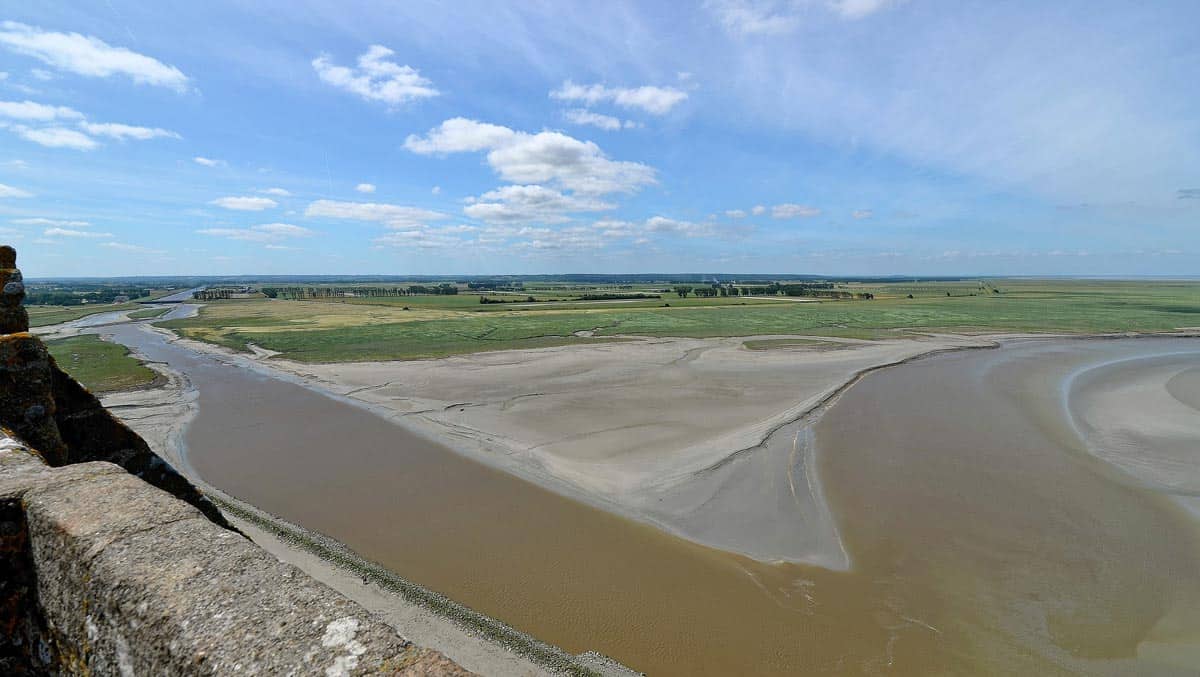
Abbaye du Mont-Saint-Michel - View of the bay and the Couesnon river. Photo credit @ Patrick
